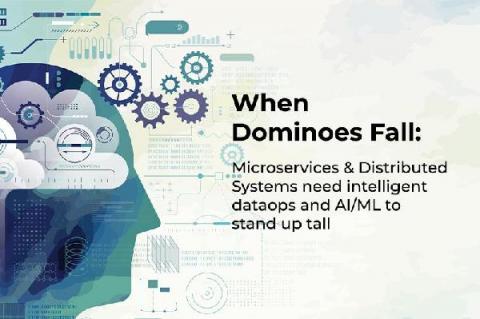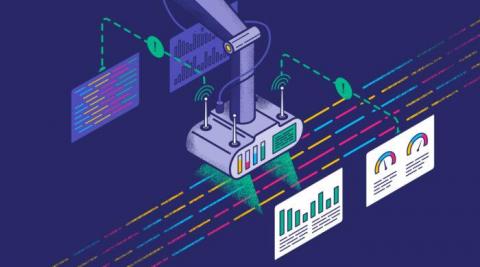Operations | Monitoring | ITSM | DevOps | Cloud
Microservices
The Unique Reliability Engineering Requirements of Microservices
Although the fundamental concepts of site reliability engineering are the same in any environment, SREs must adapt practices to different technologies, like microservices.
Microservices Are 'Easy', Dependencies Are Hard - Itiel Shwartz (at Yalla DevOps 2021)
How Culture Impacts Technology Choice: A Review of Netflix's Use of Microservices
I recently had the opportunity to read the book “No Rules Rules: Netflix and the Culture of Reinvention” by Reed Hastings and Erin Meyer of Netflix, and it dawned on me that while this book wasn’t at all focused on Netflix’s technology, the global company-wide culture had a significant impact on its technology choices. The book focuses on the many times Netflix had to reinvent itself and transform its business in order to revolutionize the entertainment industry.
Reducing microservice overhead with shared libraries
It’s a common story: the product team gets early success and grows into a large monolithic code base. While everything is in a single code base, features can be added quickly. This is partly due to the ability to leverage shared code across each feature in the codebase. When your team is adding a new feature, a developer can leverage the existing codebase for needs such as logging or special error handling.
Tutorial: Set Up Event Streams in CloudWatch
When building a microservices system, configuring events to trigger additional logic using an event stream is highly valuable. One common use case is receiving notifications when errors are seen in one of your APIs. Ideally, when errors occur at a specific rate or frequency, you want your system to detect that and send your DevOps team a notification. Since AWS APIs often use stateless functions like Lambdas, you need to include a tracking mechanism to send these notifications manually.
Event-driven autoscaling in Kubernetes
In modern cloud architecture applications are broken down into independent building blocks usually as microservices. These microservices allow teams to be more agile and deploy faster. Microservices form distributed systems in which communication between them is critical in order to create the unified system. A good practice for such communication is to implement an event-driven architecture.
What Are Microservices and Why Use Them?
Microservices are the future of software development. This approach serves as a server-side solution to development where services remain connected but work independently from each other. More developers are using microservices to improve performance, precision, and productivity, and analytical tools provide them with valuable insights about performance and service levels.











